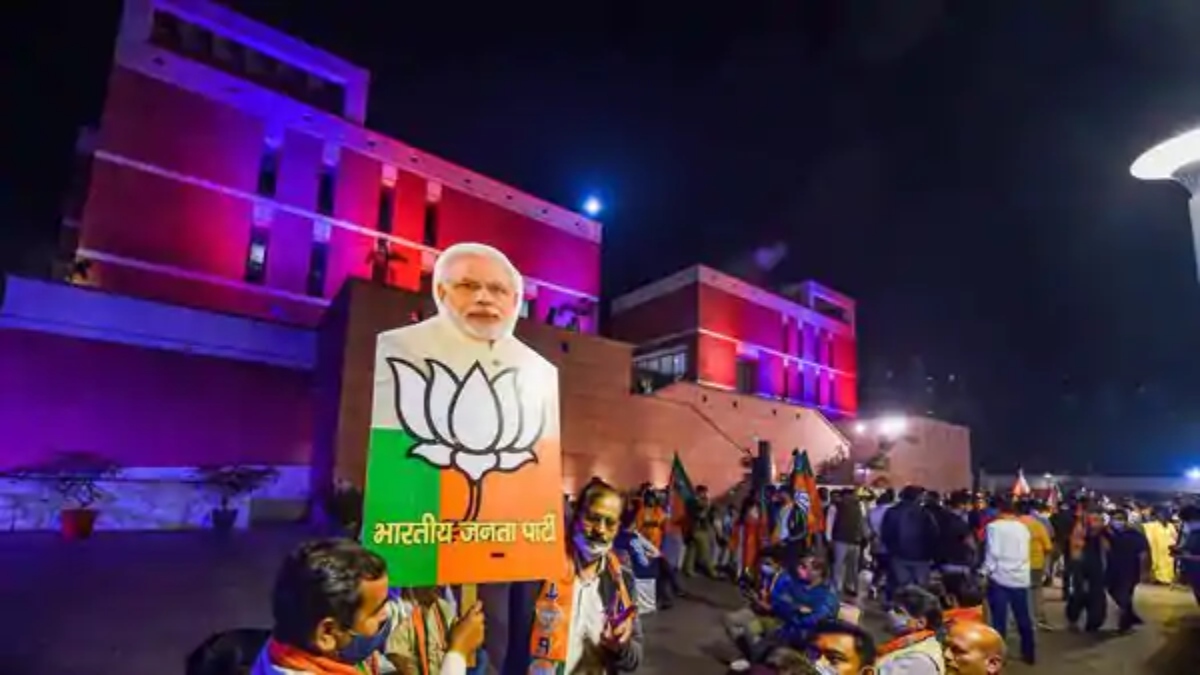


The results of the Bihar Assembly elections and several byelections across the country, proved to be good for the Bharatiya Janata Party, with it bagging 41 from among the 59 seats that it contested, apart from winning 74 seats in Bihar, thus coming second to RJD’s 75. Once again, the elections reaffirmed Prime Minister Narendra Modi’s continuing hold on the voters and that too when the unending Covid crisis is deciding for the worse many political futures worldwide. Complementing the “Modi factor” is the party’s grassroots presence and its smart organisation, turning the BJP into a formidable electoral machine. Even in a “new” territory like Telangana, the BJP appears to be a rising force and is on its way to replace the Congress as the main opposition to the Telangana Rashtra Samithi. This was evident from the victory that the BJP pulled off at Dubbaka, an Assembly seat adjacent to Chief Minister K. Chandrashekar Rao’s Gajwel constituency, and a stronghold of the ruling TRS. And it was again the Modi factor and the BJP’s formidable election machinery that saved the day for the National Democratic Alliance in Bihar, which won the state with a simple majority of 125 seats, three more than the majority mark of 122. At 67.27%, BJP’s strike rate in Bihar has been phenomenal. The RJD-led Mahagathbandan won 110 seats.
While a win is a win, the fact is, it was not an easy win, particularly for Nitish Kumar’s JDU which dragged down the alliance’s numbers. There is no denying the huge anti incumbency against Nitish Kumar. There is also no denying that Tejashwi Yadv was able to create a buzz about “real issues” such as jobs and the economy. So close was the fight in several seats that the result could have gone either way. This could be either because of the LJP cutting into JDU’s votes or could have stemmed from the real desire to see the end of Nitish Kumar’s tenure as Chief Minister, or both. The battle for Bihar was so close that in one seat, Hilsa, the JDU scraped through with a margin as thin as 12 votes. As many as seven seats—3 JDU, 1 BJP, 2 RJD and 1 LJP—were decided by a margin of less than 500 votes. Such small numbers matter in a closely contested election. While the Covid crisis may not have affected BJP’s prospects, but it almost finished off Nitish Kumar’s political career. He did a poor job of handling the crisis of the returning migrants during the lockdown, resulting in widespread anger. This was reflected in the polls, especially in rural areas. In fact, the migrant issue became the single biggest poll issue this time. There was also immense anger over prohibition, which has allowed the liquor mafia to thrive in Bihar. And even though Nitish Kumar is likely to return as Chief Minister, he lost a lot in these elections, with his party becoming a junior partner in Bihar with 43 seats.
As for Tejashwi Yadav, while there is no doubt that he ran a spirited campaign by focusing on core issues of the economy including job creation, the anti incumbency was such that he would have become its beneficiary by default even otherwise. Even then his strike rate was around 52.08% (75 out of 144), nowhere near the 80% his father notched up in 2020 (80 out of 101). His inexperience showed in the number of seats that he gave to the Congress—70, of which the Congress won only 19, thus dragging down the Mahagathbandhan with it. Also, BJP proved to be far superior when it came to “last mile finish”. Ironically, while memories of Lalu’s “jungle raj” prevented many voters upset with Nitish to go the RJD’s way, it was also the absence of Lalu Yadav that the RJD felt the most during the campaign.
For the BJP, the Bihar win is a huge shot in its arm ahead of two crucial elections early next year, that of Assam and Bengal, of which Bengal will be the biggest prize for the BJP in 2021 if it can land it. But Mamata Banerjee is a formidable opponent and a street fighter and is unlikely to give the BJP a walkover. But that the BJP is approaching the elections with a lot of seriousness is apparent from Home Minister Amit Shah giving personal attention to Bengal.
All in all, the election results have been satisfying for the BJP, which has now left the Congress behind in becoming India’s “party of governance”. And now what is needed is an improvement in the economic situation of the country.